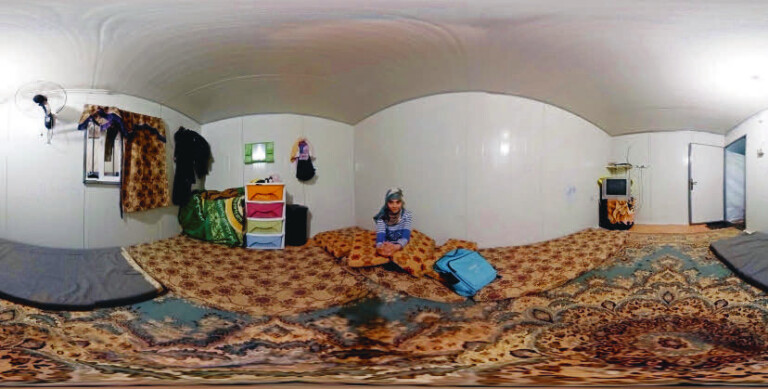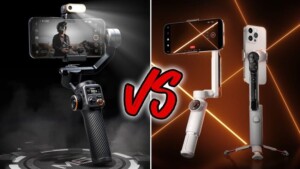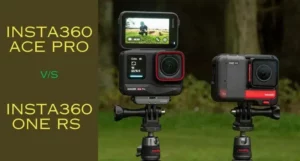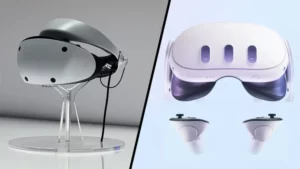We are now able to engage empathy through design, allowing us to literally walk a mile in someone else’s shoes. The design is being used as a tool to connect us profoundly, in a way that no other form of media can achieve. Both visually and through sensorial distortion, new devices are able to temporarily modify our perception of the world, inhibiting our senses and simulating unfamiliar experiences. Virtual reality (VR) technologies have often been associated with the gaming world and used primarily for entertainment. The idea of spending more time immersed in the digital world originally seemed as though it might lead us to become self-obsessed zombies with no ability to communicate with each other. We are, however, beginning to see a shift away from recreational usage towards something that could potentially connect individuals in a more profound and intimate way than any other form of media.
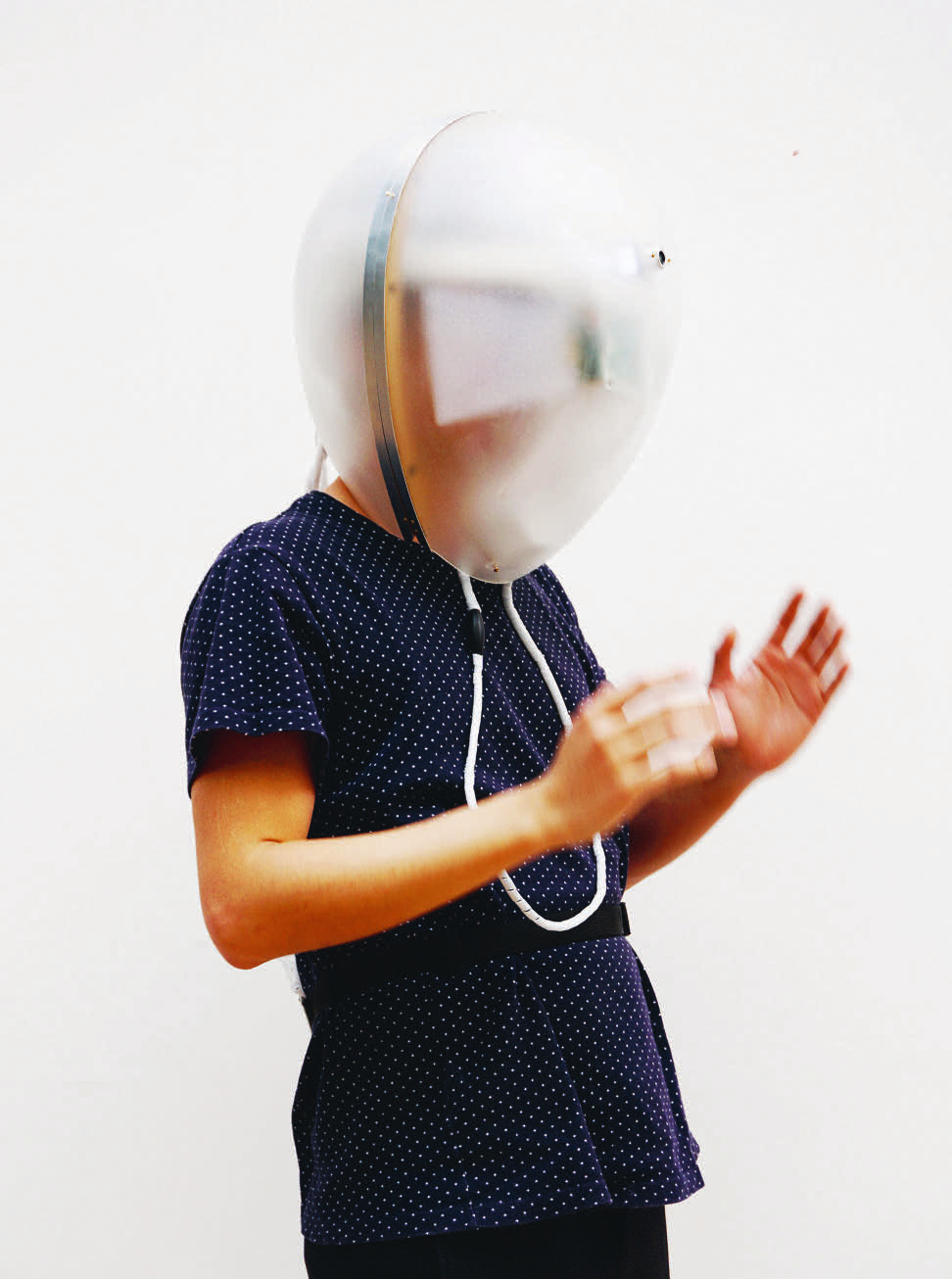
EMPATHY
Chris Milk, immersive storyteller, and co-founder of VR company Within, is at the forefront of this notion of augmented empathy. In his 2015 TED Talk, Milk describes VR as ‘a machine; but through this machine, we become more compassionate, we become more empathetic and we become more connected. And, ultimately, we become more human.’ The Dementia Simulator, designed by Central Saint Martins industrial design MA graduate Di Peng, simulates the symptoms of dementia by disrupting users’ sensory perception. The device, which sits over the head, distorts the wearer’s vision by blurring the faces of those nearby. Critical comments and uncomfortable sounds are played into the wearer’s ears, mimicking auditory hallucinations, while a mouthpiece also restricts the wearer’s ability to speak certain words. By replicating the experiences of dementia sufferers, the simulator aims to create empathy, re-evaluate misconceptions, and help care for those living with the condition. Royal College of Art design products MA graduate Heeju Kim has created the Empathy Bridge for Autism, which allows wearers to experience first-hand what it’s like for people with autism to see, hear and speak. Kim has designed a series of devices that temporarily change sensory perception.
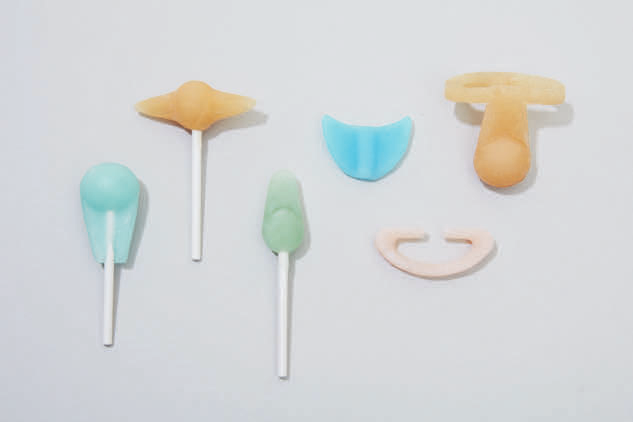
Tools affecting vision, hearing, and speech allow the wearer to experience different aspects of living with autism. For example, hypersensitivity to light and color, double vision, jumbled or amplified sound and difficulties in pronunciation are simulated using the VR device, an earpiece, and a variety of differently shaped lollipops and candies. The product’s message is clear: empathy is the bridge to understanding that people with autism are like everyone else, although they see, hear and speak in unique ways. The National Autistic Society’s Too Much Information campaign, which similarly helps increase understanding of autism, features a VR experience that allows viewers to see the world through the eyes of a 10-year old autistic boy. The campaign highlights the ways in which autistic people often struggle to filter out the sounds, smells, and sights they experience, leading them to feel overwhelmed by too much information.
Artificial intelligence (AI) was once depicted as part of a terrifying future where robots would enslave the human race; instead, it has taken on exciting, useful and novel forms.
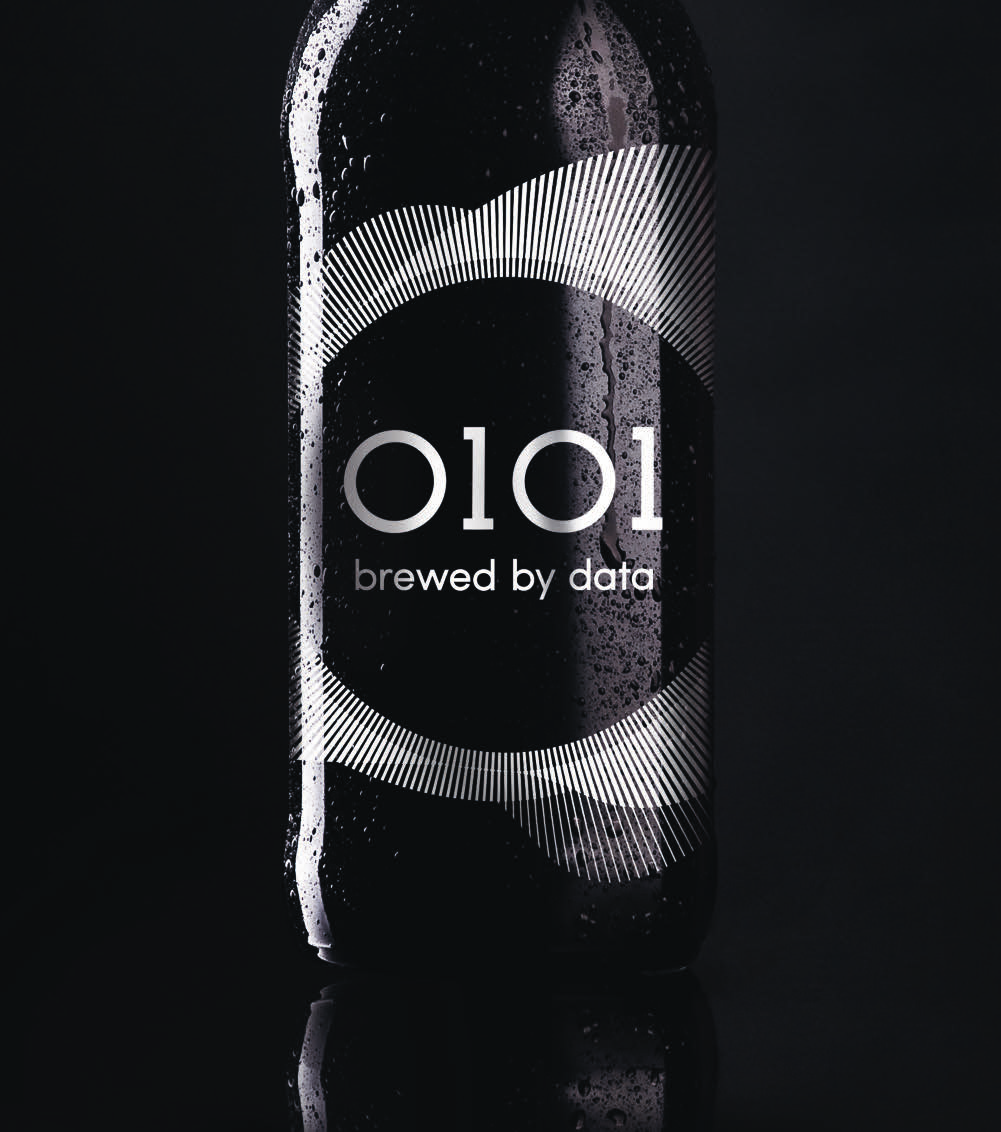
Advances in machine learning and increased accessibility to vast quantities of data have brought about a surge in aided design, manufacturing, and products. Consumers can now experience custom products that have been tailor-made to suit their personal tastes, styles and even medical needs, using feedback algorithms. The world’s first beer brewed by data is now on sale and is awaiting your feedback.
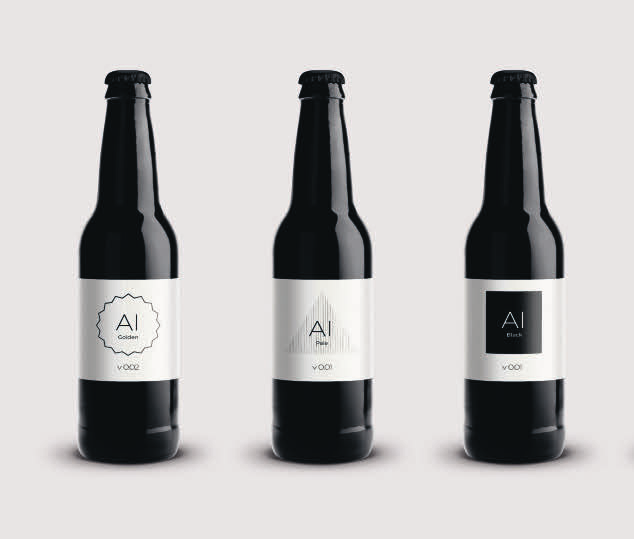
Premium beer created by IntelligentX uses machine-learning algorithms to continually improve itself based on consumer feedback. Each bottle features a printed code, directing customers to an AI bot that asks a series of questions. The results are then interpreted by the algorithm and inform the brewing process, allowing customers to enjoy improvements to products more easily, quickly and effectively than ever before. Also striving to create the perfect beverage is Teforia, the kitchen counter tea-brewing robot.
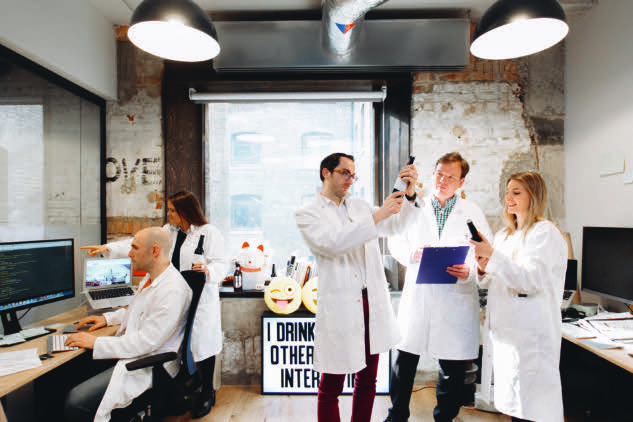
Teoria combines the knowledge of tea masters with advanced AI technology to create a sensory experience for loose-leaf brewing aficionados. Perfecting the ancient art of tea making is a delicate and complex process, and, whatever type of tea you choose, Teoria can make the perfect cup every single time. By reading the packaging, the device can determine the exact time, temperature and volume of water needed to create the perfect result. Teoria is also able to learn from each use, adapting its recipes to suit every palate. AI-aided design and manufacturing are also having a significant impact on the healthcare and medical industries.
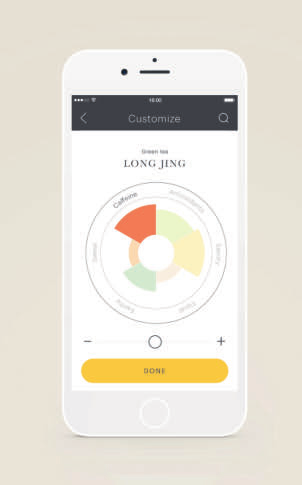
Using algorithms and AI, patients can be diagnosed and treated more effectively, based on a personalized model of their biology. Boston-based biopharmaceutical start-up Berg, for example, is using AI to fight cancer. With a sample of the patient’s DNA, the Berg Interrogative Biology platform can analyze the toxicity and predict the most effective outcome of all possible treatments, generating a personal treatment package for each individual.
